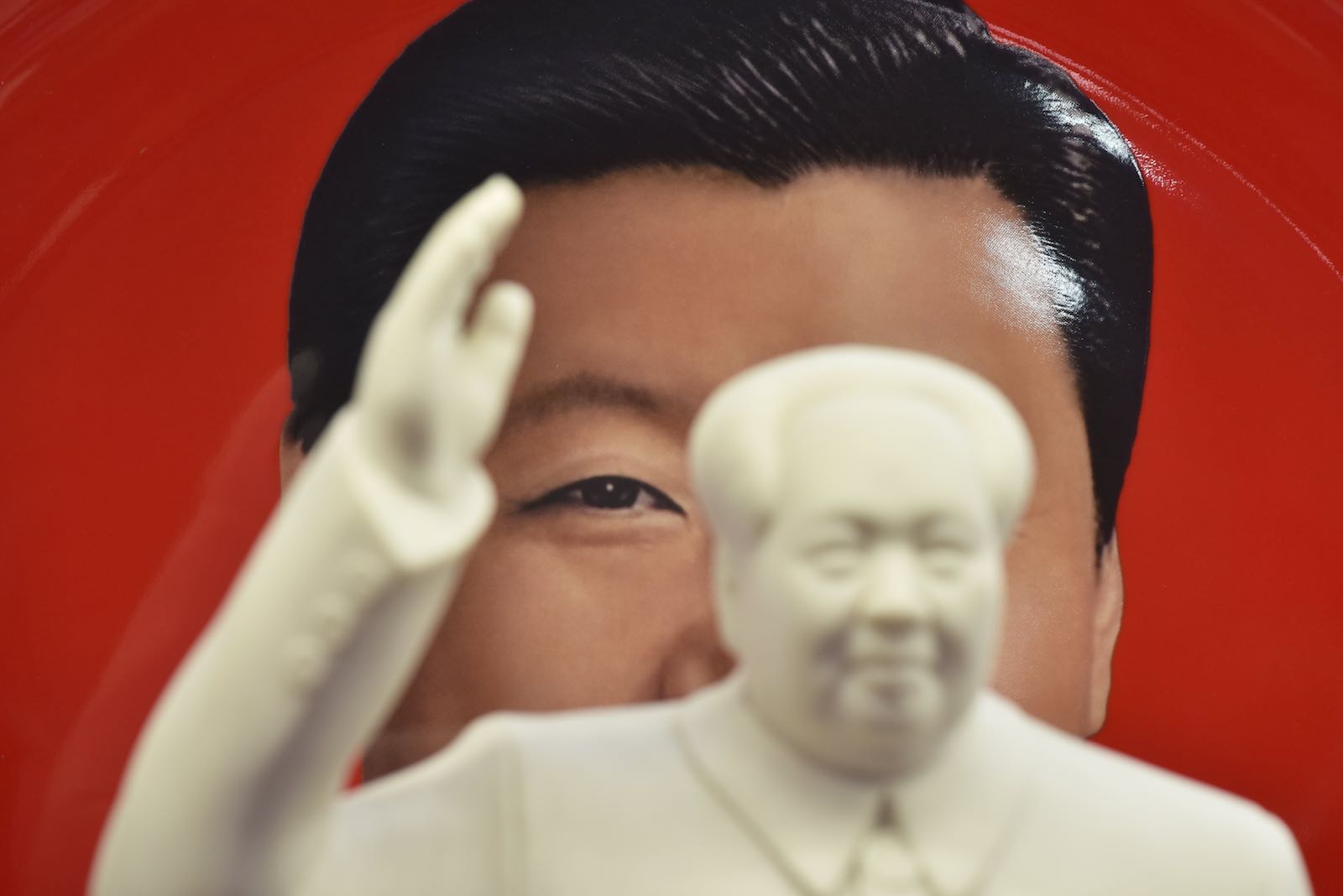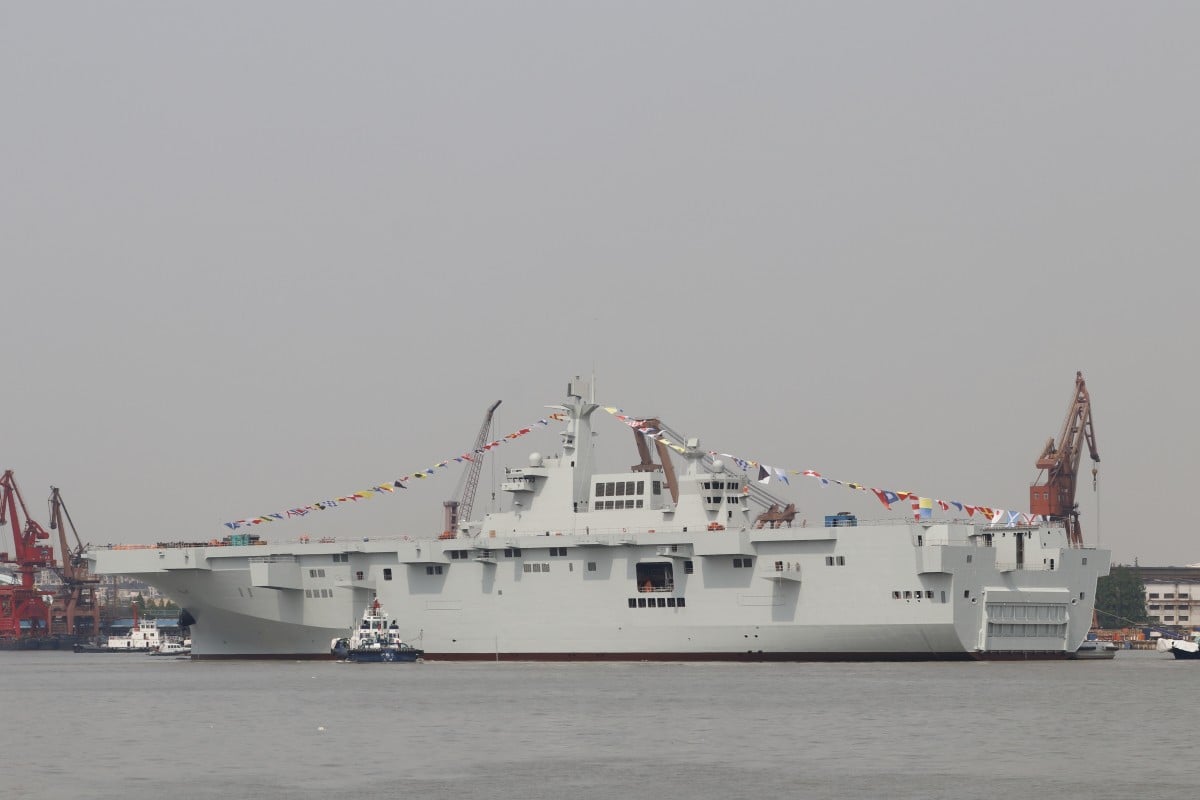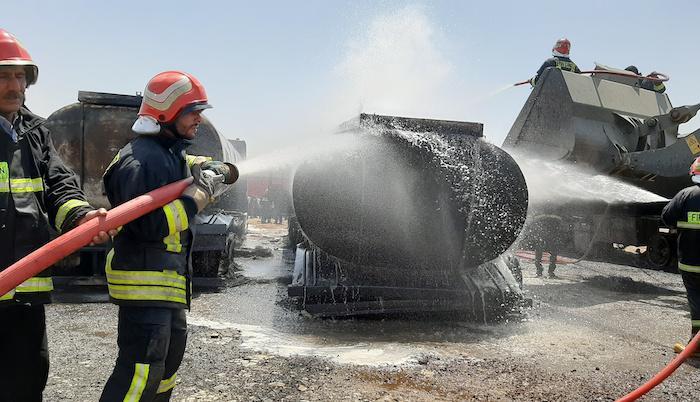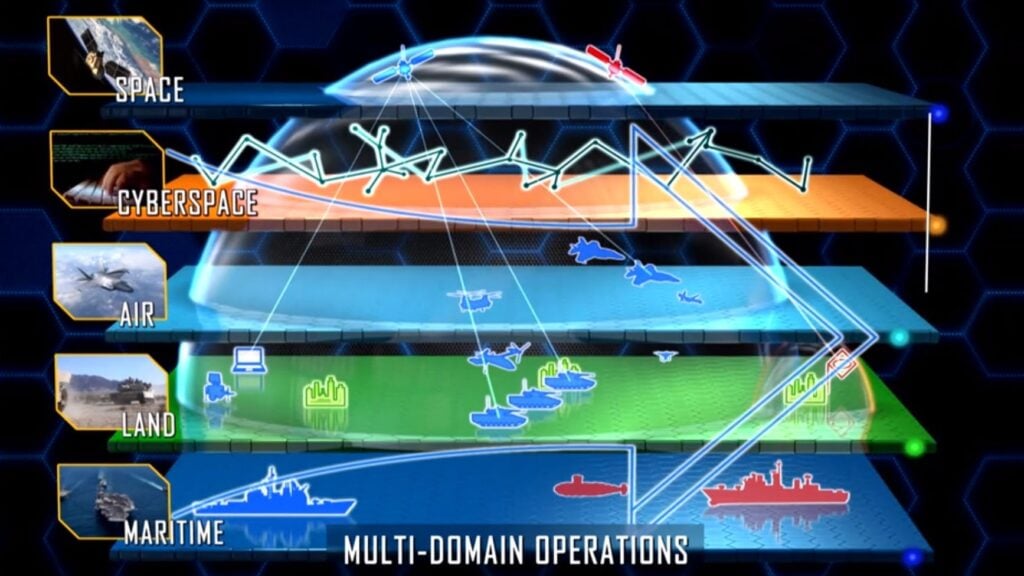Back in April, as hopes that the COVID-19 pandemic would be reduced by the Indian summer crumbled with the consistent rise of cases, famed author Arundhati Roy penned an article that offered much-needed solace. Roy, in a powerful piece, argued the possibility of the crisis being our doorway to a more just, compassionate, and rational world. The sentiment became mainstream after Indian Prime Minister Narendra Modi sounded a clarion call to turn the crisis into an opportunity.
The COVID-19 pandemic has exposed and fed off the vulnerabilities of existing systems. As the virus continues to spread across India, with a potential vaccine at best several months off, the only glimmer of hope was that India would take the lessons from this pandemic, introspect, and act. This could have been a watershed moment.
But did India really turn this crisis into an opportunity?
Health Care
India’s health care expenditure, or the lack thereof, has been a perpetual concern, but COVID-19 made it impossible to look away anymore. As Indians watched first-world health care systems crumble, World Bank data from 2011 revealed India had just 0.7 beds per 1,000 people, compared to the world average of 2.7. That placed India on par with Togo, which is classified as a Least Developed Country (LDC) with 50 percent of its population below the poverty line.










/cloudfront-us-east-1.images.arcpublishing.com/mco/QDIMEROVSZG3NCTK7C3QZ4YHJI.jpg)

